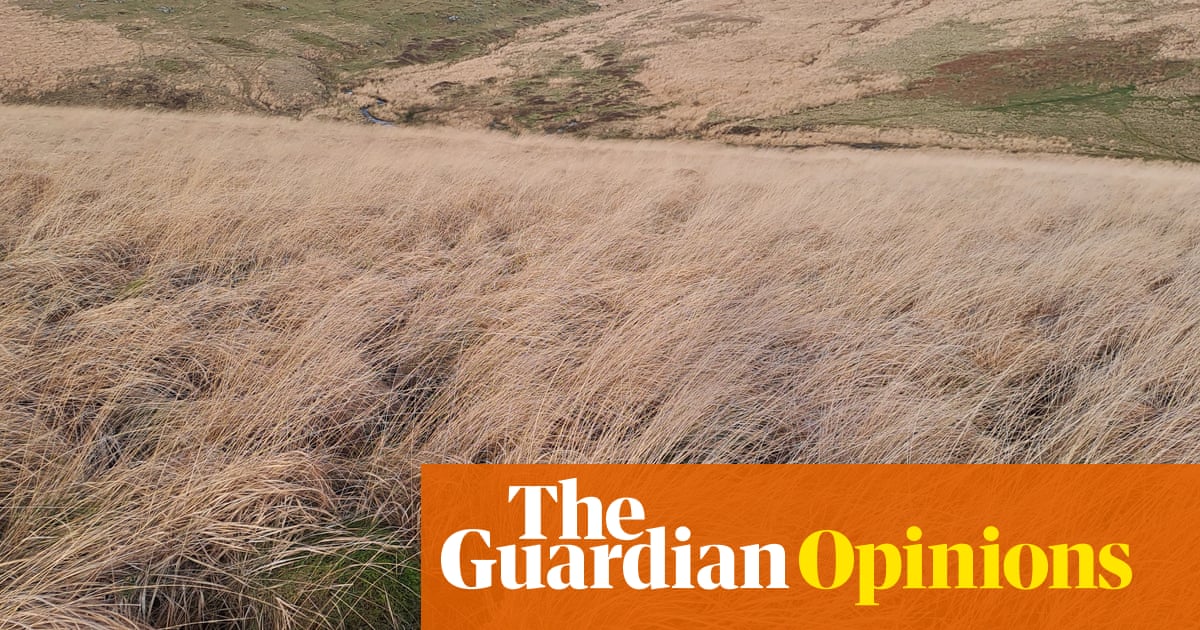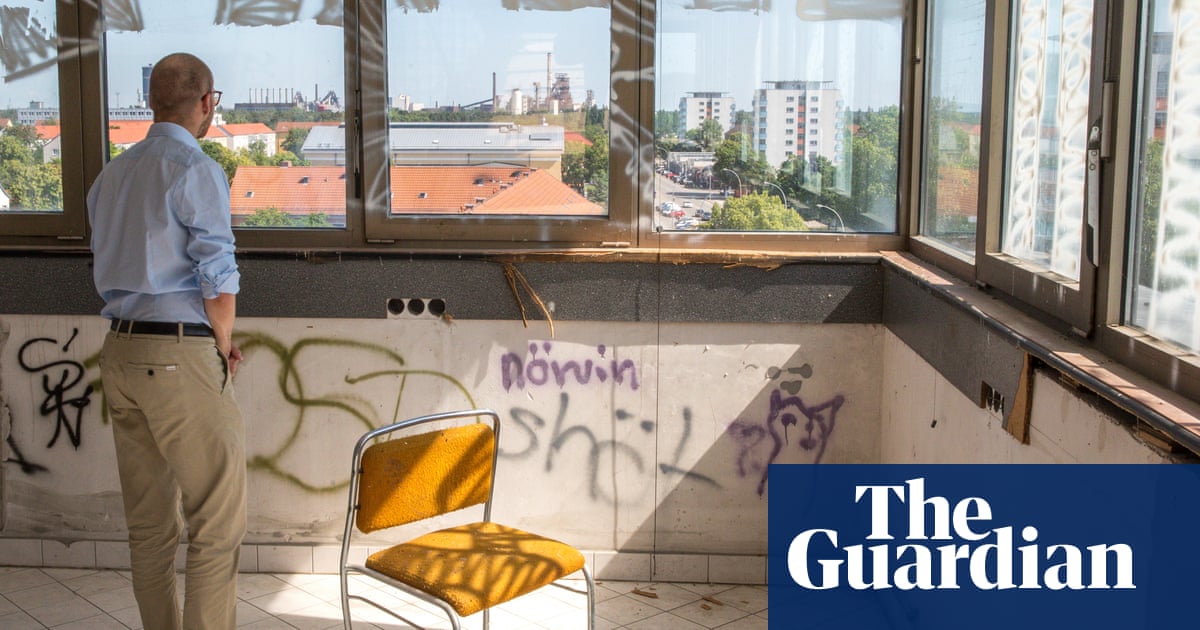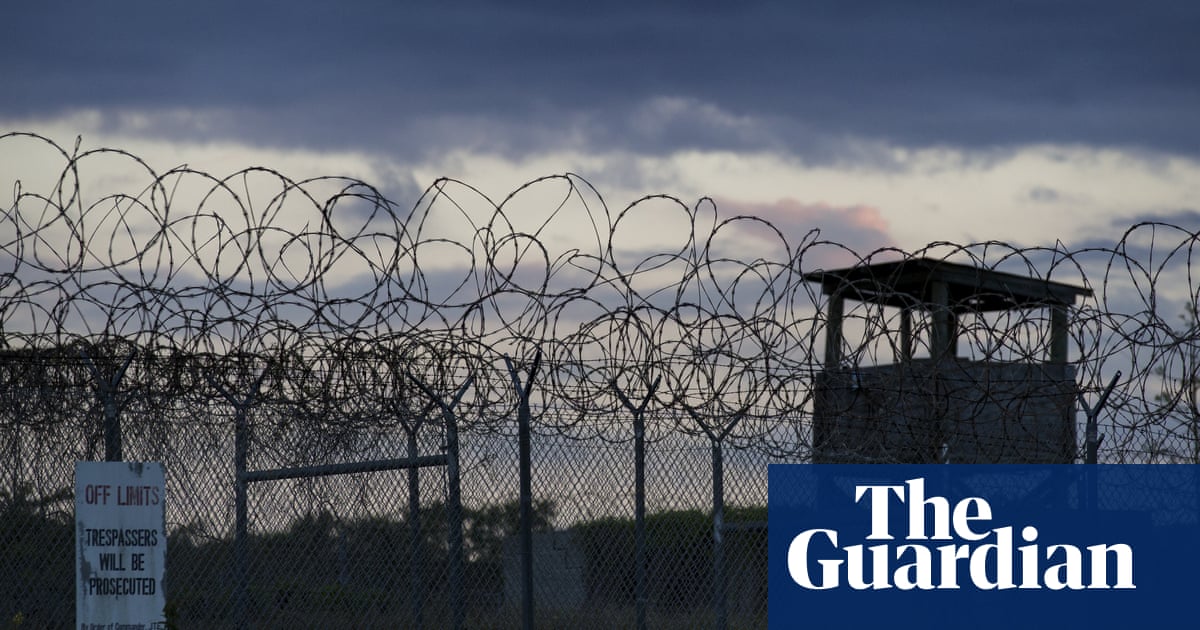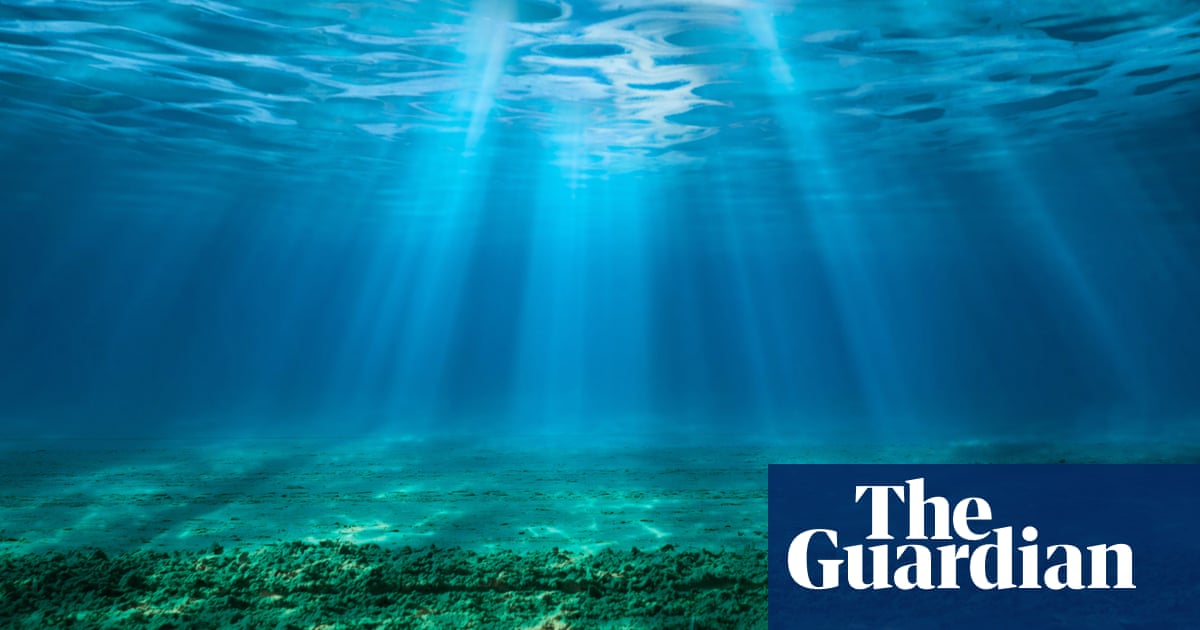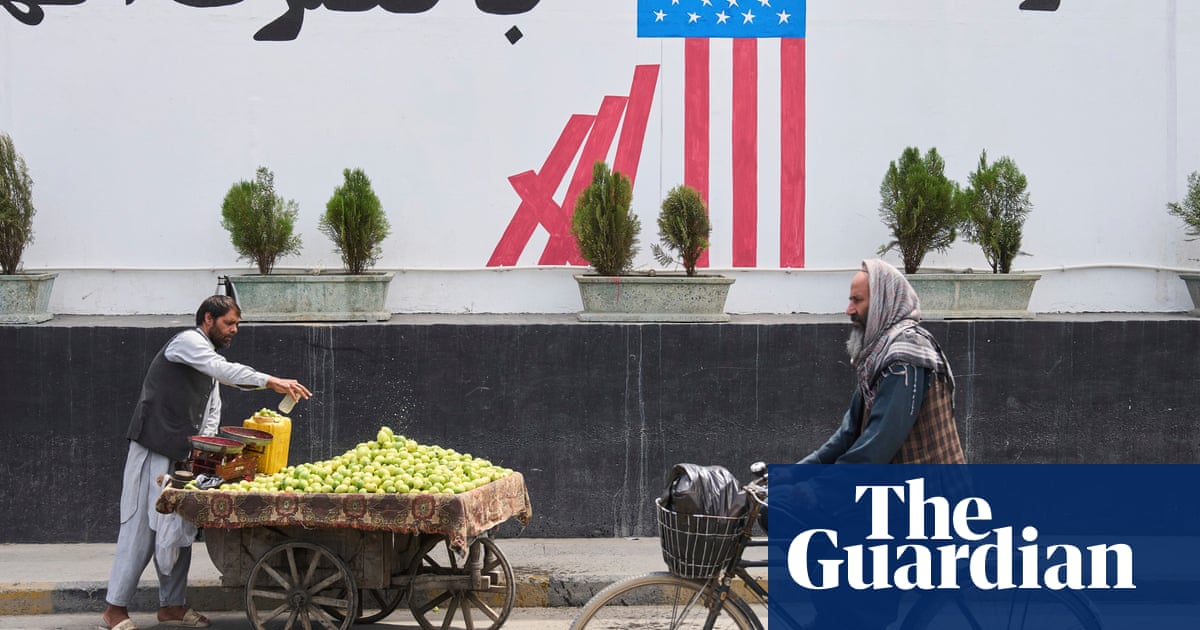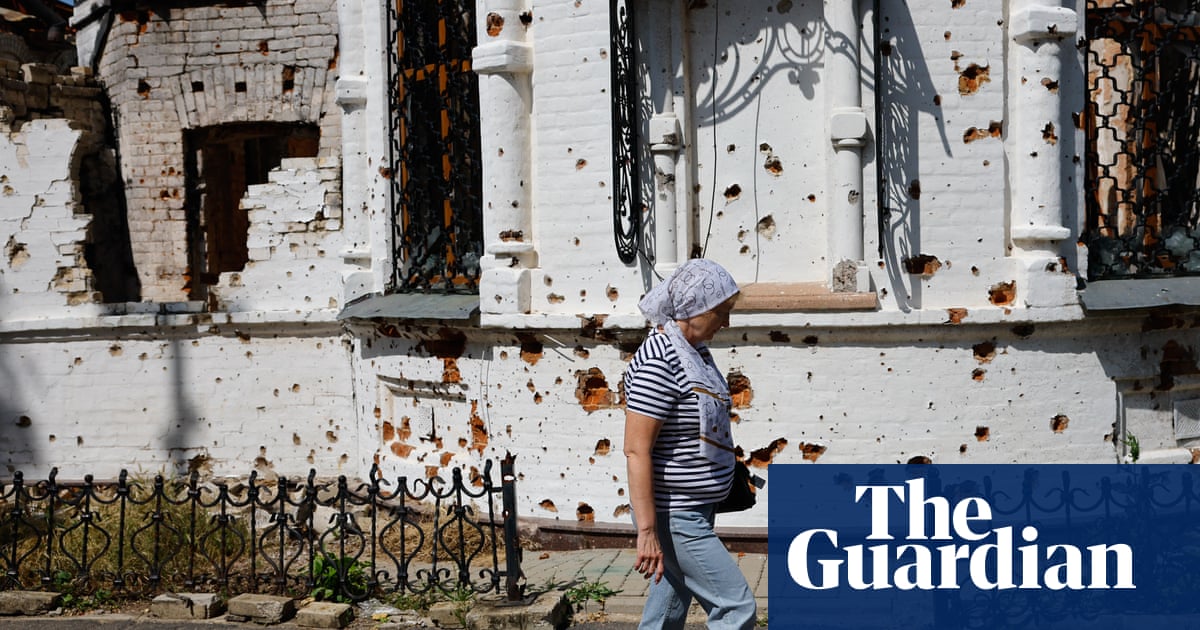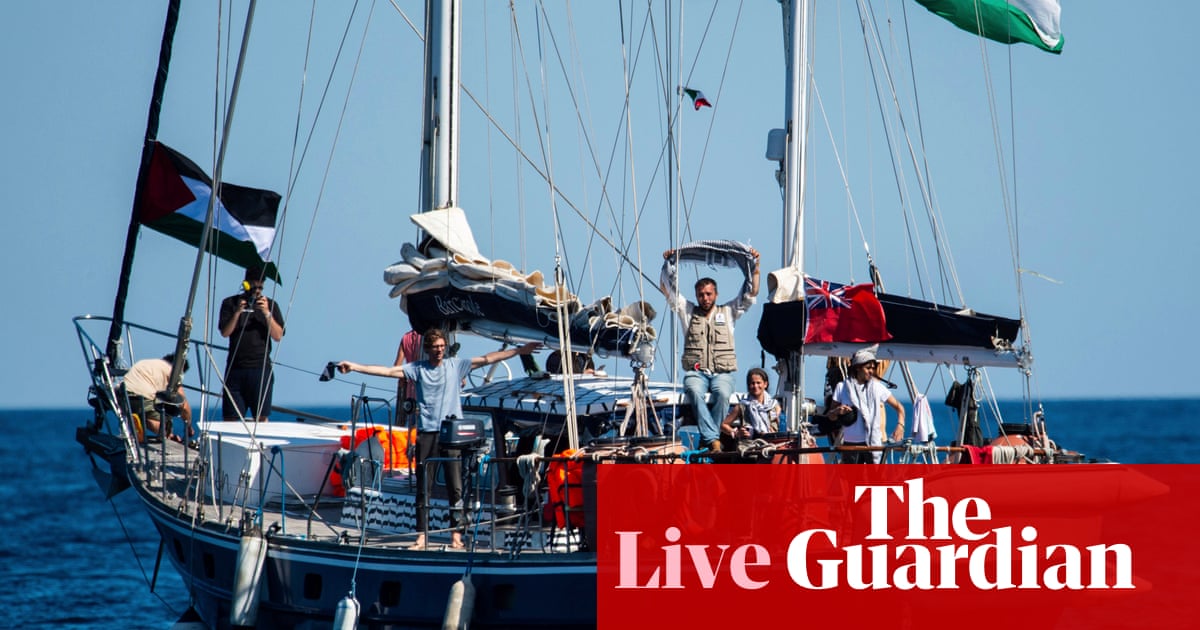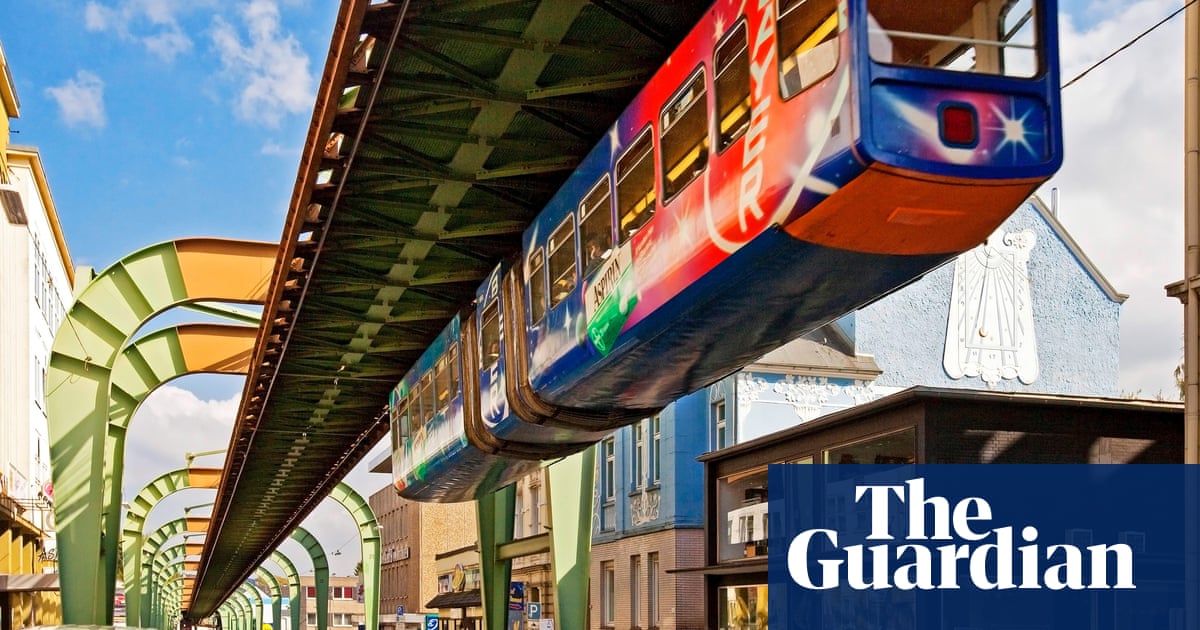Anti-Atlas Mountains
Extending from the Atlantic coast to the edge of the Sahara and with a huge variety of terrain – from lush oases and valleys peppered with thyme, rosemary, argan trees and date palms to rocky gorges and arid plains – the Anti-Atlas mountains cater for even the most indecisive traveller.
Above all, however, Anti-Atlas is agadir country (the word means wall or citadel). The landscape is interspersed with these remarkable communal fortifications, once used to store grain, dates, almonds, honey and important documents. Built from stone and clay, often in almost geometric designs, they were typically set on hilltops or cliffs to provide protection from attack. The Amtoudi granaries, Aguellouy and Id Aissa are prime examples of these historic compounds.
On a rocky hillside overlooking the village (and river pools) of Amtoudi, the two granaries are connected by a mountain path and were restored in 2007 by eco-architect Salima Naji and a team of skilled local craftspeople. Contact their guardians before you set off so that they can open up for you: Muhammad for Id Aissa (+212 635 49 6084) and Fernando for Aguellouy (+212 061 146 004). Farther north, near Aït Baha, Agadir Ikounka is another architectural wonder, and a rare example of a low-level agadir, the stones jutting out from its walls acting as steps for villagers to access their stores.
Around Tafraoute, between these two sites, you’ll find excellent trekking, climbing, cycling and canyoning in the surrounding mountains. Tanalt is a pilgrimage spot for dedicated canyoners. Over millennia the mountain waters have cut deep into the rock here, leaving a string of emerald pools, though unless you’re an experienced canyoner with your own ropes, helmet and wetsuit, don’t attempt it.

Instead, head to the mountains south of Tafraoute for a refreshing dip in the waters of Aït Mansour. Tucked behind palm trees, down a short dusty path, the River Mansour stretches gently out along the valley, dappled sunlight illuminating the water and making an afternoon swim hard to resist.
Nearby, Chez Amaliya (singles/doubles from €36/€55 B&B) offers comfortable rooms overlooking a pool, and great views of La Tête du Lion rock formation from the rooftop. In the Ameln valley, it’s also within striking distance of Jbel Tagtout. Don’t be fooled if anyone tells you the mountain is an easy climb. There’s no well-worn path and you’ll need to take plenty of water, food and sunscreen, but the view from the summit of the valley below, clenched tightly in the fingers of the surrounding peaks, is worth the effort.
For a view without quite such a slog, stroll up one of the hills overlooking the nearby Cappello di Napoleone (Napoleon’s Hat) in Aguerd-Oudad. This towering rock formation was carved out by the forces of nature over millions of years and is now fringed by a picturesque barnacle-like cluster of pink-hued houses. At sunset it’s hard to decipher where the village ends and the peach-tinged rock face begins, making it a popular spot for photographers.
The Mediterranean coast

Unlike Morocco’s Atlantic coast, with its well-developed tourist enclaves of Essaouira and Agadir, the country’s Mediterranean coastline, between Al Hoceïma and the Nador headland, is a less well known destination. There may be a few big hotels around Saidia and Nador (and within Melilla, the autonomous Spanish city that carves out a slice of Iberia in this corner of Africa) but the N16 coast road is only 10 years old, and locals dub this area “Morocco’s forgotten coast”.
With isolated coves, fortress-topped cliffs and mesmerising viewpoints over the cobalt Mediterranean, it’s not likely to stay that way for long.
Of all the beaches we visited in this area – Ajetti, Agharabo Yarzn and Ghanso among them – our favourite was Plage Ihttaryen. Hidden from view behind two enormous red cliffs east of Port Sidi Hsaïn, and accessible only by a steep rocky path, it’s an idyllic spot, with crystalline waves lapping against the pebble shore and curious rock formations rising from the waves.

The headland that juts out into the Mediterranean Sea north of Nador also begs to be explored. There are several fabulous beaches here, including picture-perfect Cara Blanca, where golden sandstone cliffs glimmer almost white when the sun catches them. Below the bluffs, wave-sculpted ledges form a natural coastal promenade from where thrill-seekers launch themselves into almost luminescent cyan water.
At the tip of the headland, a trio of beaches vie for your attention. This is a long stretch of sun-drenched golden sand including Thisith beach. Plage Mina Rosita is a sheltered cove ideal for swimming and snorkelling. And over the next headland is a wild, unnamed beach ideal for a secluded swim; we nicknamed it Chimney Beach, after the large brick flue jutting out above the waves offshore.
Standing tall above all of these, and the city of Nador, is Mount Gourougou. Reaching a height of almost 1,000 metres and cloaked by Aleppo pines, it’s a cool, shady spot dotted with ancient mosques and fortresses (though watch out for the Barbary macaque monkeys – don’t be tempted to feed them).
Feeding yourself, however, requires no such caution. Take your pick from the plethora of small shacks and restaurants that have been set up near beaches and viewpoints along the coast, all of them serving fresh, charcoal-grilled fish. At Restaurant Asmak Rif, overlooking Ghanso Beach, you can order your fish by weight, dining on fresh prawns, calamari, grilled dorado and sardines in all their sticky-fingered glory (no phone or website).
Small-scale, independent accommodation is still fairly scarce along this section of coast. The Motel Delta Kert (doubles £36 B&B, +212 661 376 378), near Nador, is a practical option for exploring the area, with great views over L’Embouchure de Oued Kert, a natural lake formed by the mouth of the Oued Kert. For a bit more charm, try Gîte Karima (doubles £55 B&B), outside Madagh, a small rural hotel with a choice of colourful bedrooms and apartments. Surrounded by palm trees, it also has a pool and a restaurant serving homemade tagines, harira and pastilla.
Around Agadir

Founded in the 16th century by the Portuguese, Agadir quickly became a prosperous trading post, growing rich on the proceeds of sugar and spices. In 1960, an earthquake destroyed most of the city and paved the way for its reincarnation as a tourist resort. This is the place if you’re seeking sun, sand and surf; the coastline around Agadir is the heartland of Morocco’s surf scene and you don’t have to look far to discover quieter surfing beaches.
Tamri and Moknari are local surfing hotspots while Tamraght and Taghazout draw surfers from around the world. Beaches such as Panorama, Mysteries and Anchor Point provide breaks and sets that will have surfers of all levels itching to get out into the swell.
If wave surfing isn’t your cup of mint tea, however, try sandboarding in the Timlalin Dunes north of Taghazout. These rolling waves of sand look to have been lifted from the Sahara and dropped on the coast. Ride them at sunset, rather than in the heat of the day, and you will be rewarded with cooler temperatures and the shimmering glow of the golden-hour. As you race down the sand on your board, remember to keep your weight on your back foot and don’t get off until you’ve come to a stop. No matter how slowly your board feels to be moving, if you jump off too soon you’ll end up eating sand in front of a milling crowd.

Inland from Agadir there are mountains, ruins and less-trodden paths to explore. As its name suggests, Paradise Valley is an idyll for soft adventure-seekers. Carving through a mountain gorge, the Tamraght river is fringed with gentle hikes, cafes and swimming spots. One of the latter, the Family Pool, has deeper and shallower sections – ideal for families with young children (to get there follow the P1001 inland from Tamraght for 17 miles (27km) to a large car park and follow the path down to the river). For thrill-seekers looking for a bit more than a dip, a natural pool further upriver provides eight- and 10-metre jump spots. Watch daredevils jump, dive and backflip into the emerald water while you work up the courage to join them.
Behind Taghazout beach, Teddy Pirate (dorm beds €30) is a B&B, co-working space and surf camp. Offering dorms, private rooms and a sauna, it’s decorated in a harmonic mix of Italian and Moroccan styles, with a large terrace for morning yoga, sunset views over the waves, and home-cooked pancakes and freshly squeezed orange juice for breakfast.
For those with their own camper van or a tent, Camping Aourir (tents from £8 a night for two) is a rustic campsite up in the hills, about 20 minutes’ drive from Agadir. There are great views towards the mountains and Paradise Valley (guided walks and other activities can be arranged), and with a swimming pool and a restaurant serving homemade harira soup and Beldi-style lamb couscous on site, it’s a soothing place to spend a few days.
after newsletter promotion
For a bit more luxury, head into the hills towards Azrarag, to stay at Le Paradis Nomade (doubles from €74 B&B), an atmospheric maison d’hôte. Its mix of chalets and suites give a taste of Moroccan living, and many guests book in for the food alone – grilled meats, fat local olives and just-baked flatbreads.
The Sahara

Until the 14th century, Sijilmassa was the northern terminus of the western trans-Sahara trade route, along which caravans of merchants would bring gold from sub-Saharan Africa to trade. Today, this once-mighty city is a humble archaeological site just off the N13, the national highway that links this south-eastern corner of Morocco to the north. It’s not so much Amazigh caravans stopping off there today as cars heading south, shuttling tourists from Meknes and Fez to the village of Merzouga.
A little way south of Sijilmassa, Merzouga is perched at the edge of the Sahara’s shifting sands and has become one of the main desert hubs for travellers. The drive there entails a dramatic journey over high mountains and remote river valleys, a panorama outshone only by the view at the end of the road: the soaring dunes of Erg Chebbi stand in saffron-coloured splendour on the horizon, their cartoonish contours mirroring the rocky peaks that mark Morocco’s border with Algeria. Climb to the top of the 150-metre-high dunes after the winter rains and you can gaze down on to Dayet Srij, sometimes dubbed Merzouga Lake, a watering hole frequented by a colony of flamingos and occasional camel herders.
The big draw of this region, however, is the chance to sleep out among the dunes. At Beldi Camp (€120 a night for two half-board plus Jeep and camel ride), a small cluster of tents on the fringes of the Erg Chebbi dunes, the accommodation comes with private showers and toilets, but it’s the chance to stargaze or watch the sunrise over a sea of cinnamon sand that’s the real luxury.
For desert culture of a different kind, the nearby village of Khamlia is home to a collective of Gnawa musicians, the descendants of enslaved nomads who migrated to Khamlia from Sudan, Mali and Niger. Gnawa music, characterised by chanting, jumping and clacking, forms a rich, rhythmical soundtrack to any journey to Morocco but Khamlia’s Dar Gnawa cultural centre is one of the best places to hear it. Just across the road is the inspiring Galerie Chez Les Artistes. A gallery and cafe run by Khamlia native Lahcen Mahmoudi and his wife Johanna, Chez Les Artistes showcases art made from upcycled and found materials, and serves a mean coffee.

The ability of the Sahara’s sweeping sandscapes to inspire the imagination is brought into even sharper perspective, however, by Hannsjörg Voth’s three striking sculptural installations, rising from the horizon north of Merzouga. Himmelstreppe, Spirale d’Or and La Cité d’Orion merge art, nature, astronomy and architecture to dazzling effect, though you’ll need a 4x4 and driver to reach them (email Hassan: [email protected]).
After pondering the universe, bring yourself back down to earth with a visit to the Gara Medouar, on the outskirts of nearby Rissani. Used as a backdrop in films such as James Bond’s Spectre and 1999’s The Mummy, this horseshoe-shaped limestone outcrop was fortified in the 11th century to protect the trans‑Saharan trade routes. A crater‑like bulk emerging ethereally from the desert, the rock is pierced by a single track. Follow this up to a summit for a final long-distance panorama of the Sahara.
The Rif mountains

The Rif mountains, in northern Morocco, are a beacon for nature lovers and adventure seekers. Forested slopes cascade down to bright verdigris river pools, towering waterfalls and reed-lined lakes, while national parks such as Talassemtane and Bouhachem have some dramatic treks within their stony grasp.
Start at the God’s Bridge, a span of red rock in Talassemtane national park. Towering 25 metres above the Oued Farda river, this natural arch was formed over millennia as the river flowed underground, slowly carving an opening in the rock from below. It’s a six-hour round-trip hike to the top from the Akchour waterfalls, but the area is ribboned with narrow trails, rocky paths and quaint wooden bridges, many of them leading past idyllic swimming spots. The waterfalls are a highlight, with family-friendly swimming holes plus jumping spots for the intrepid; the most famous is the Grand Cascade, a 100-metre chute that plunges into a clear, turquoise basin.
There are also several wild swimming spots along the nearby Oued Laou, including the secluded green waters of Baofa, reached via a steep rocky path, and the more accessible pools of Oued Laou Familial, a gentle river beach that’s popular with families. Further south-east, the Oued El Kannar provides a deluge of deep-blue pools in which to swim and dive.
As you journey through the Rif mountains, stop for a revitalising glass of sweet mint tea at Café Karim (on the N2 road), soaking up panoramic views over Embalse de la Palmera lake. Alternatively, take a road trip into the mountains from Tétouan and gaze back at the city’s Lego-like formations of white houses from Al-Khanoos viewpoint as clouds cascade off the surrounding mountain peaks in the evening sun.

On the outskirts of the city lies Tamuda, an Amazigh city founded in the third century BC. Looking back at the modern city from here, you can view it framed, improbably, by Tamuda’s ancient arches. Thirty minutes’ drive south are the natural pools of Ain Zarka, popular with local families on summer days; get there early to avoid the crowds.
The obvious place to stay in the Rif mountains is the blue-hued mountain village of Chefchaouen.In the heart of its medina, Riad Bin Souaki (doubles from £34) is decorated in traditional style, with mosaic tiling and carved wooden doors.
Eat a hearty Moroccan breakfast on the rooftop terrace before going in search of wilder adventures. Or your next meal – the Fromagerie Chefchaouen (on the N2 below the village) sells delicious local cheeses made from the milk of goats grazed on pastures rich in native aromatic and medicinal plants.
For a more back-to-nature experience, the Gîte d’Étape Oued Kannar (doubles from £66 a night including breakfast and dinner, +212 660 970567) is near the Oued El Kannar pools, and overlooks a sweep of mountains and velvety green valleys. A basic hotel with three rooms of four, five and six beds – and hot showers – its highlights include stargazing from the roof terrace and great food cooked by owner Nuredin – including lentil stew with fresh soft cheese.
Wild Guide: Morocco is published by Wild Things Publishing on 1 March (£18.99). Guardian readers get 20% off and free P&P by quoting coupon code Guardian20 at wildthingspublishing.com

 3 months ago
98
3 months ago
98


